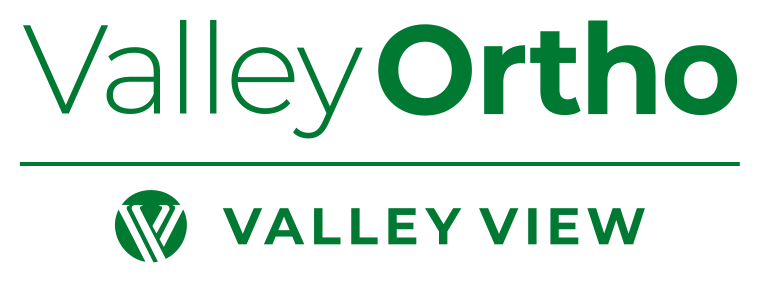ValleyOrtho’s physicians treat a wide range of common athletic injuries, including labral tears of the shoulder.
About
The shoulder is a shallow ball-and-socket joint. The humeral head is the ball, located at the top of the upper arm bone (humerus), the glenoid is the shallow socket located on the shoulder blade (scapula), and the labrum is a firm cup-like structure that helps deepen the glenoid socket. The outside areas of the labrum are thick but the inner regions are much thinner. The labrum expands the depth of the socket by approximately 50 percent to allow for increased motion and stability.
The glenoid labrum is divided into four sections:
- Anterior: Front portion that is thicker than the rest of the labrum
- Superior: Top portion that is a meniscus-like structure with a central free edge that has no blood supply. The biceps tendon attaches to the superior labrum at the top of the glenoid.
- Posterior: Back portion that is not always attached to the glenoid, which may explain why some people complain of more shoulder pain in the back of their shoulder
- Inferior: Bottom portion that is triangular in shape and attached at the central edge of the fossa
The term SLAP stands for Superior Labrum Anterior and Posterior and describes the location or pattern of tearing in the labrum.
Causes
The labrum may be injured in several ways, including:
- Compression force (falling on an outstretched arm)
- Traction force (shoulder dislocation)
- Direct blow or trauma to the shoulder
- Repetitive motion (overhead activities like throwing and swimming)
- “Peel back” mechanism, which occurs when the shoulder externally rotates and an upper arm muscle (the long head of the biceps) tears (or “peels back”) the labrum
Symptoms
Some of the symptoms of a labral tear include:
- Periodic or continuous pain
- Variable pain that may be dull, achy or sharp
- Pain that extends down the outside of the upper arm
- Pain with shoulder external rotation
- Popping, clicking, locking or snapping that is felt deep in the shoulder joint
- Decreased arm strength and/or flexibility
- Shoulder instability
Diagnosis
The shoulder specialists at ValleyOrtho take a three-part clinical approach including the patient’s medical history, a physical examination, and imaging tests to diagnose this injury. It may also help decide the course of treatment.
Treatment Options
Several treatment options may be used with SLAP lesions, including:
- Rehabilitation: In some cases physical therapy can help adjust shoulder muscle tensions and joint positioning to decrease or avoid labrum irritation. However, rehabilitation may or may not be successful. Limited success is expected with athletes who perform repetitive overhead activities
- Surgery: The labrum is repaired and the biceps tendon may be relocated to a less irritating position. Moving the biceps tendon is referred to as a “Biceps Tenodesis”. All to assist with functional improvement and return to play
We understand that shoulder pain can take patients out of activities and work, which is why ValleyOrtho is committed to developing specifically tailored treatment plans to help get them back to an active lifestyle.
